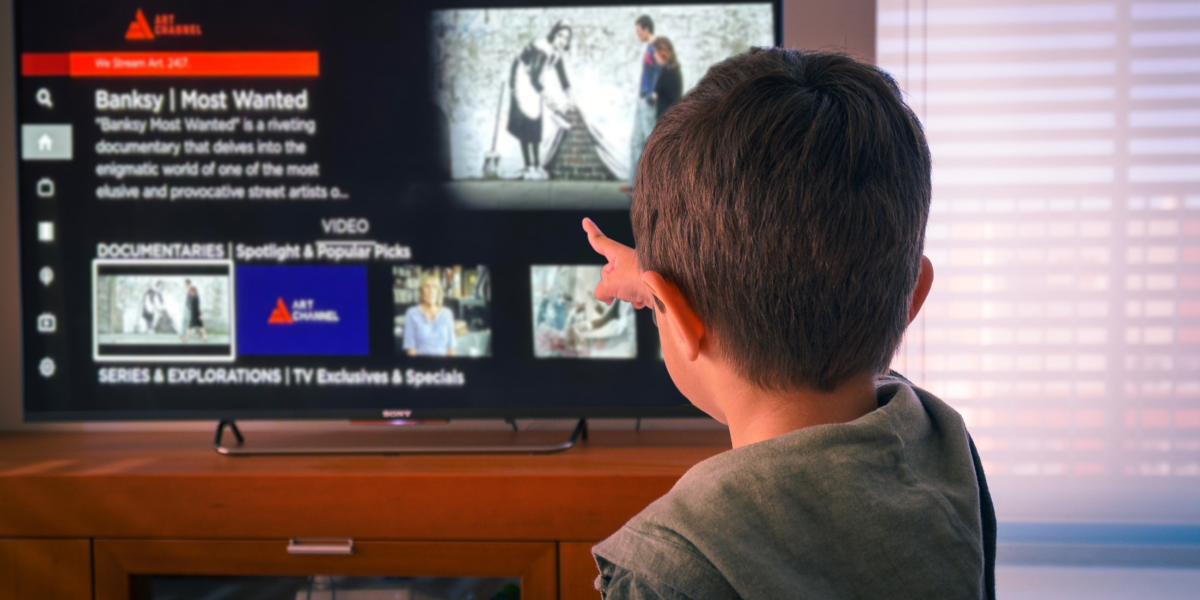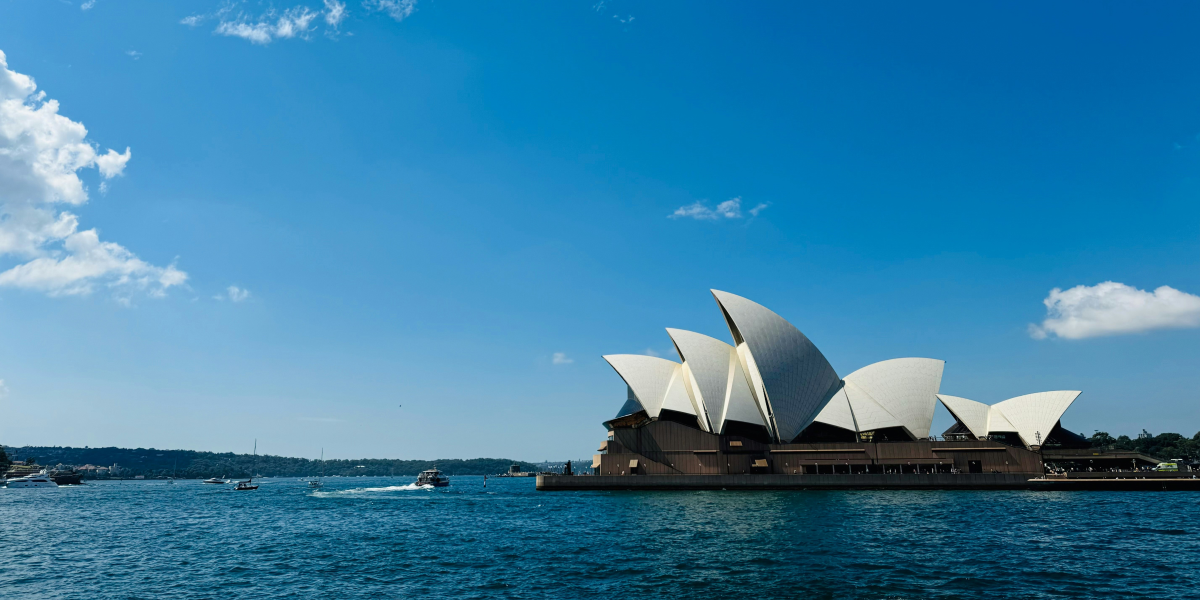Image Commercially Licensed From: DepositPhotos
Exploring the Rich Tapestry of Music Festivals
Music festivals, a cultural phenomenon that has shaped the way we experience live music, have a history as vibrant and diverse as the melodies that echo through their grounds. From the iconic Woodstock in 1969 to the present digital age, these events have evolved, leaving an indelible mark on our collective consciousness.
Woodstock: A Pivotal Moment in Musical History
The journey of music festivals began with the legendary Woodstock in 1969. Nestled in the heart of upstate New York, this historic event became a symbol of counterculture and a celebration of peace, love, and music. With iconic performances by artists like Jimi Hendrix and Janis Joplin, Woodstock set the stage for what would become a global phenomenon.
The 70s and 80s: Diversity and Expansion
Following Woodstock, the ’70s and ’80s witnessed a surge in the popularity of music festivals across different genres. From the jazz-infused Newport Jazz Festival to the punk rebellion at Reading Festival, these events provided platforms for diverse musical expressions. The festival scene expanded globally, giving rise to events like Glastonbury in the UK and Roskilde in Denmark.
Technological Advancements: A Catalyst for Change
As we moved into the digital age, technology played a pivotal role in reshaping the landscape of music festivals. The advent of the internet and social media transformed the way we discover, share, and experience music. Festivals began leveraging online platforms to reach a global audience, breaking down geographical barriers and creating a sense of virtual togetherness.
Virtual Realities: The Rise of Digital Music Festivals
The 21st century witnessed a paradigm shift with the emergence of digital music festivals. The concept of attending a festival from the comfort of one’s home became a reality, transcending physical constraints. Platforms like YouTube and live-streaming services allowed music enthusiasts to partake in festivals globally, bringing artists and fans together in a virtual space.
The Loss of Tangibility in Digital Festivals
While the digital age has undeniably brought music festivals to a broader audience, it raises concerns about the loss of tangibility and the unique atmosphere that physical events offer. The thrill of standing in a crowd, feeling the bass reverberate through the ground, and connecting with fellow fans is an experience that digital platforms struggle to replicate. The virtual realm, while convenient, may dilute the essence of the live music festival.
Summarizing the Evolution
In conclusion, the evolution of music festivals mirrors the broader societal shifts and technological advancements we’ve witnessed over the decades. From the free-spirited vibes of Woodstock to the global reach of digital festivals, these events have adapted to the changing times. While digital festivals provide accessibility, the tangible experience of live events remains unmatched. The cultural impact of music festivals endures, reminding us that the power of music to unite and inspire transcends physical boundaries, whether in a muddy field or through the pixels on our screens.






